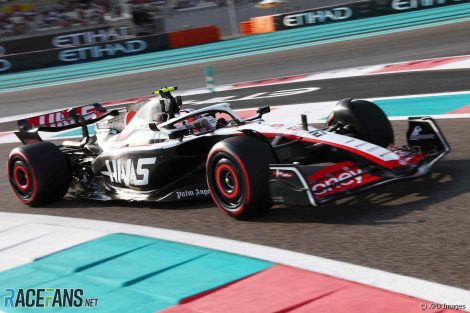How Formula One Management would respond to Andretti’s application to enter its series was always going to be less a matter of whether it might accept them, and more how the inevitable ‘no’ would be delivered.
Since the FIA invited applications from new teams a year ago, F1’s attitude has been anything but welcoming. So their announcement today that Andretti has been rejected may have disappointed many but surely surprised few.
Almost four months have passed since the FIA, the governing body of motorsport, declared “Andretti Formula Racing LLC was the only candidate to meet the stringent criteria” it set down to join the championship as an 11th team. But FOM doesn’t just disagree Andretti deserves a place in F1, it has gone much further than that.
FOM does not believe an 11th team would be of value to the championship at all. “Our assessment process has established that the presence of an 11th team would not, in and of itself, provide value to the championship,” states point eight of its 20-point explanation. Making sure no one missed that, FOM repeated the same sentence in point 14.
Reading that, it’s hard to imagine there was much Andretti could have done to persuade FOM to let it in. The rest of the explanation is heavy on assumptions about their likely performance, and claims Andretti’s entry does not meet a standard some current teams do not reach, let alone when they were admitted to the series.
The first point stated in FOM’s review of Andretti’s bid is “consideration of the likely competitiveness.” It notes: “The most significant way in which a new entrant would bring value is by being competitive, in particular by competing for podiums and race wins.”
Haas, the most recent newcomer to the series, has not reached that standard in eight years. Should they therefore not have been admitted?
Advert | Become a RaceFans supporter and
‘But what about Haas?’ would suffice as a response to a number of F1’s criteria for dismissing Andretti. “We do not believe that there is a basis for any new applicant to be admitted in 2025 given that this would involve a novice entrant building two completely different cars in its first two years of existence,” goes another.
Haas’ first two cars were built to entirely different aerodynamic regulations in 2016 and 2017. Despite this, F1 seizes on the point to cast doubt on whether Andretti realised what they needed to do…
Click Here to Read the Full Original Article at RaceFans…

